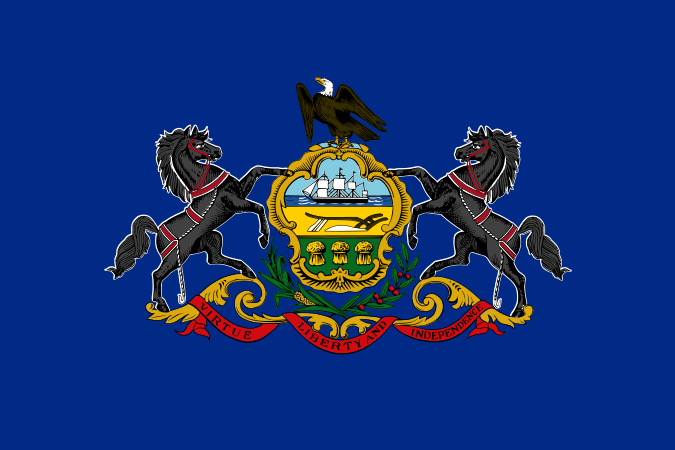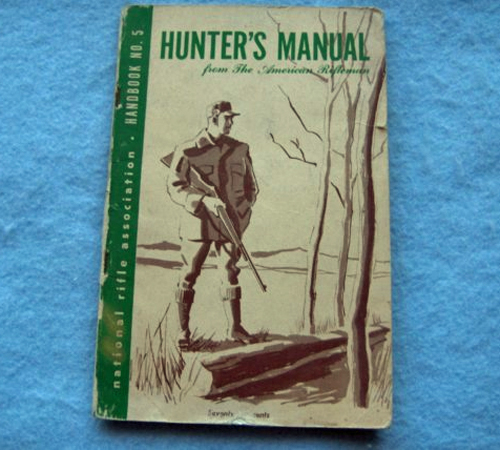We found this during genealogical research. It shows the evolution of Pennsylvania counties from the founding of Pennsylvania in 1682 until the present county divisions that has remained in place since 1930. It also shows the claims Virginia, Maryland and Connecticut made over Pennsylvania. The border for Maryland was eventually settled by the Mason-Dixon survey, and settlers often fought low-level wars with settlers from Virginia and Connecticut over their claims. Connecticut claims were strong enough that many Revolutionary War service records for soldiers from what is now Western Pennsylvania are to be found with the State of Connecticut.
Speaking of the Mason-Dixon survey, here’s an interesting fact:
It was not the demarcation line for the legality of slavery, however, since Delaware, a slave state, falls north and east of the boundary. Also lying north and east of the boundary was New Jersey where, in reality, slavery existed, in limited numbers, until 1865. It was not until 1846 that New Jersey abolished slavery, but it qualified it by redefining former slaves as apprentices who were “apprenticed for life” to their masters. Slavery did not truly end in the state until it was ended nationally in 1865 after the American Civil War and passage of the Thirteenth Amendment to the US Constitution.
There was technically some measure of slavery in Pennsylvania until 1847, when slavery was completely outlawed. Pennsylvania passed its Gradual Emancipation Act in 1780, which didn’t abolish slavery, but which prohibited further importation of slaves into the commonwealth, and made any children of slaves freeborn. This was actually the model used by most of the northern states, but New Jersey was one of the last states to begin gradual emancipation, only starting in 1804, 24 years after Pennsylvania started the trend. The only state to do immediate emancipation was Massachusetts in 1783, and that was through a court decision. So it’s probably not entirely fair to single out New Jersey in this example.








